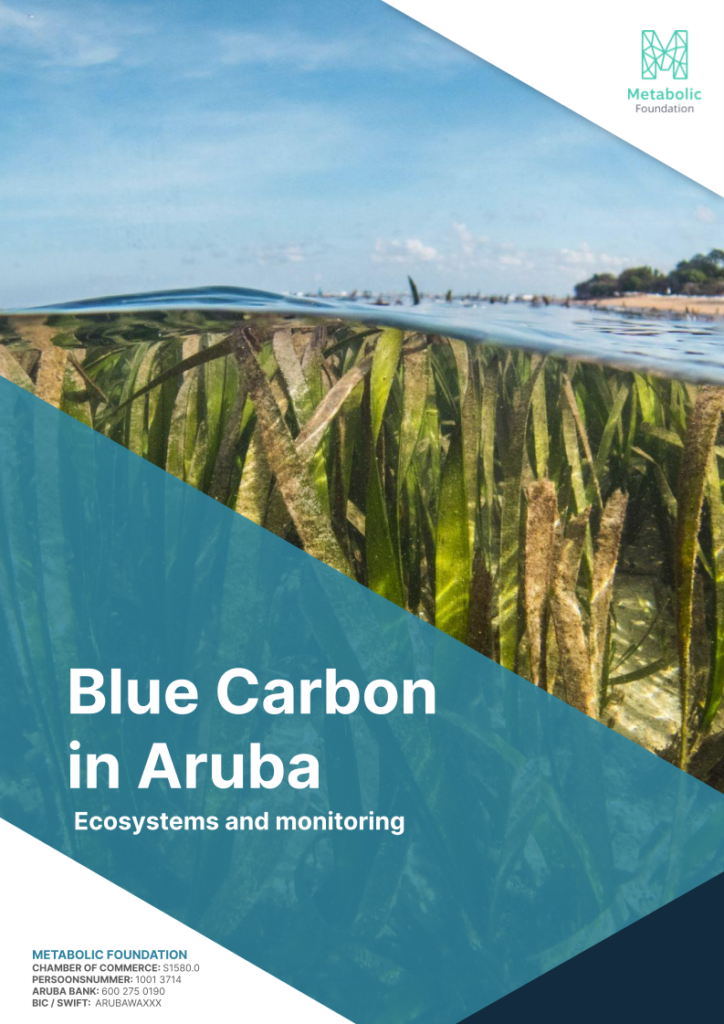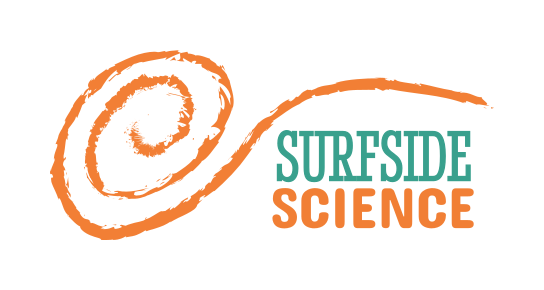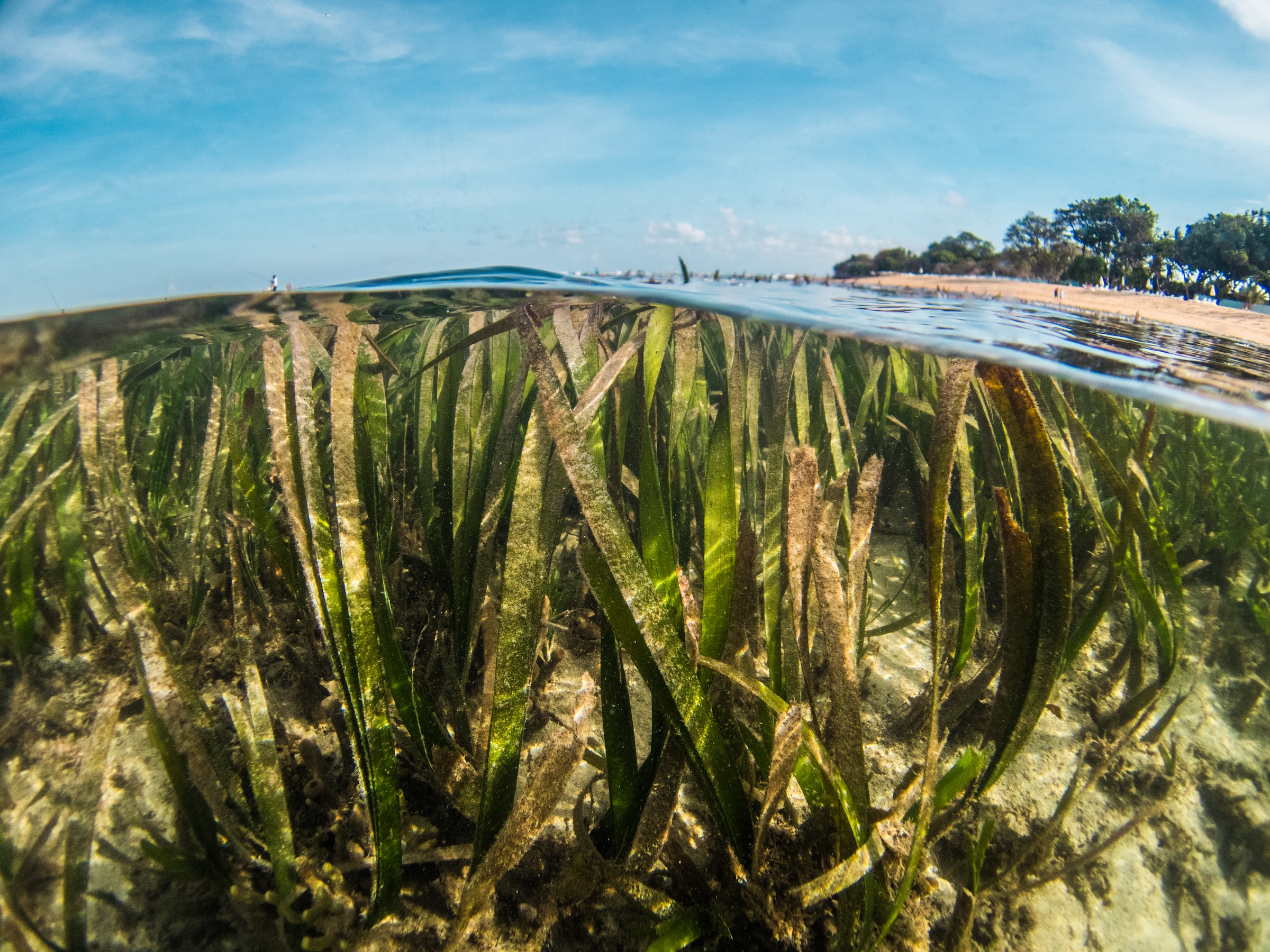We’re happy to share a preliminary report on the blue carbon potential of Aruba.
Supported by the UNESCO Participation Programme, this report provides an overview of Aruba’s mangrove and seagrass ecosystems, and the potential to protect and restore these ecosystems to support their ability to lock up atmospheric carbon in the long term.

Key findings include estimations of 784 ha of seagrass ecosystems with carbon stocks of 310000 tonnes, and annual burial rates of 4000 tonnes, and 118 ha of mangroves with carbon stocks of 167000 tonnes, and annual burial rates of 1000 tonnes. The extent of these ecosystems is much lower than it was in the past, leaving potential for restoration and expansion of related carbon sequestration. As the Netherlands has excluded Aruba from the UNFCCC, Aruba has only voluntary carbon markets accessible for carbon trading. Nonetheless, models such as those employed in Palau show potential for localized carbon markets, which could involve selling local credits to visitors to offset their flights to Aruba, supporting conservation and restoration of mangrove and seagrass ecosystems with tourism-based economic tools.
The report is currently in Google Slides format, accessible at the following link:
https://docs.google.com/presentation/d/1By1Ri0rCVWy_SbLO5S1uE76I_V_pZ-5aWmPNgNeavFs/edit?usp=sharing

